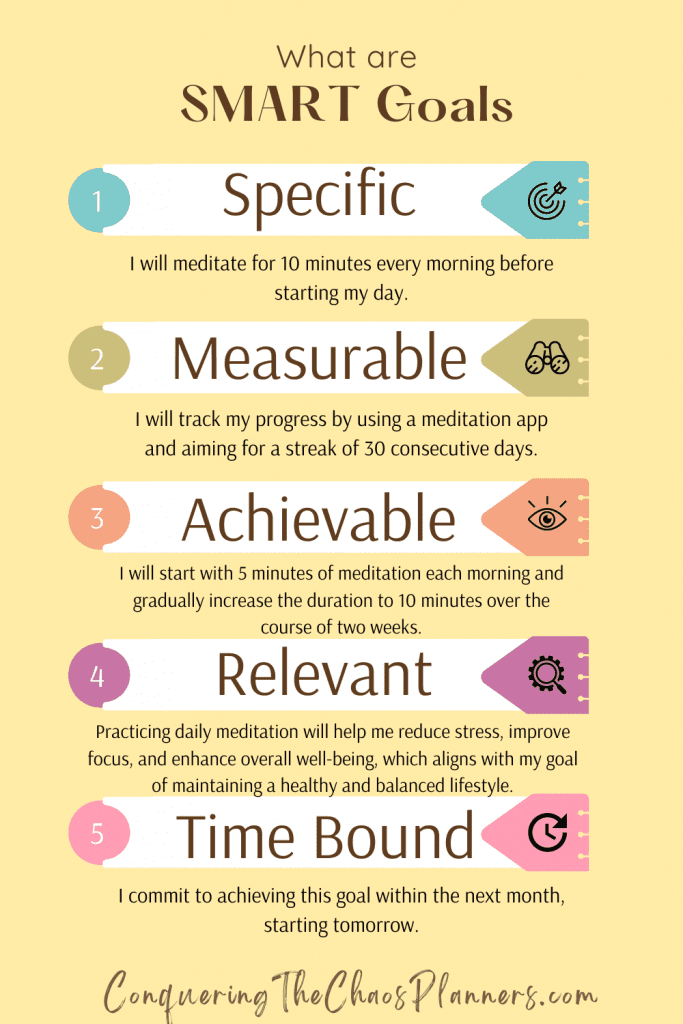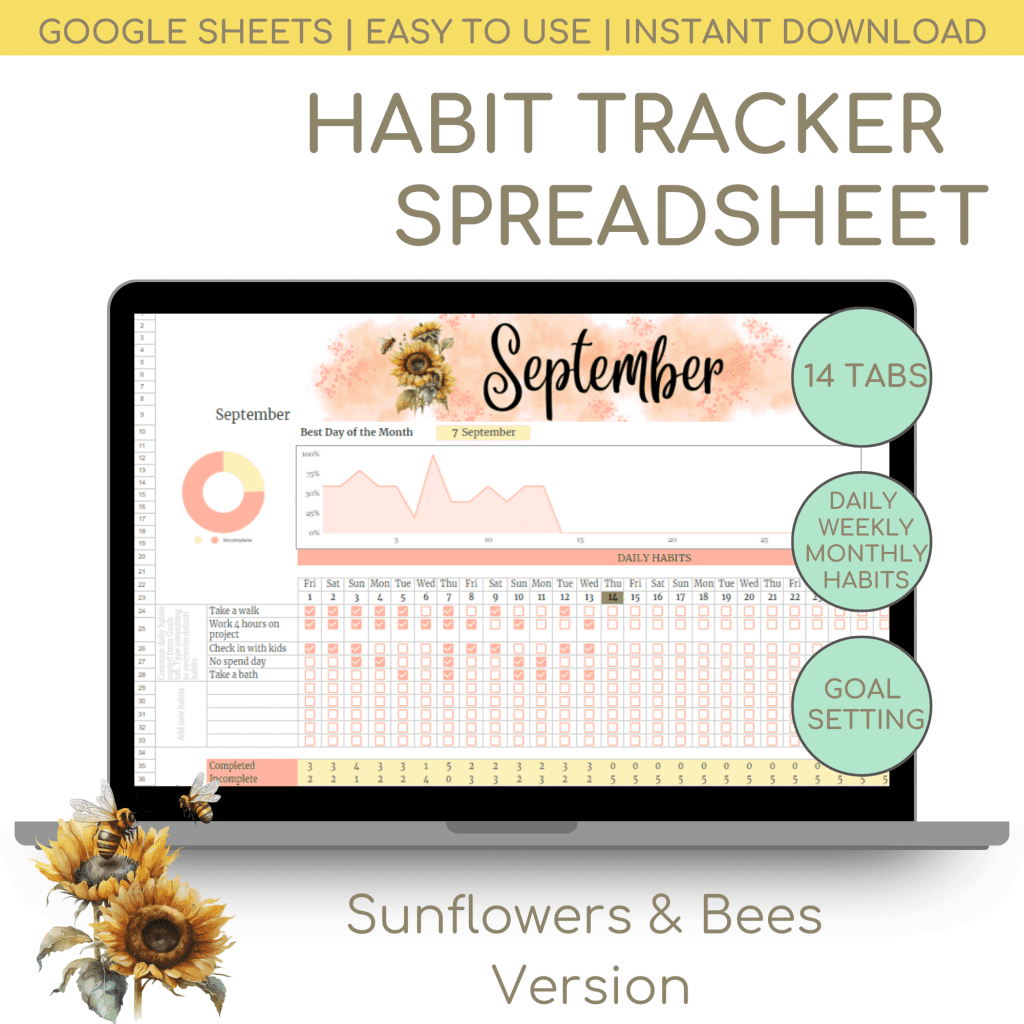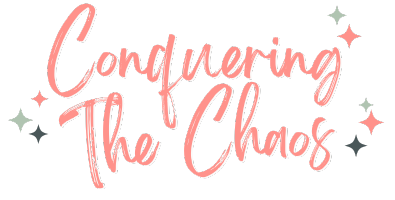The Power of Goal Planning
Let’s face it, we all have dreams and aspirations. But how do we transform these dreams into reality? The answer is goal planning. Goal planning is an essential tool that helps you turn your vision into action steps. One effective way to plan your goals is through SMART goal setting.

Understanding SMART Goals
SMART is an acronym that stands for Specific, Measurable, Achievable, Relevant, and Time-bound. These components are essential for effective goal planning as they provide a clear direction and a roadmap to success. Let’s dive into each step.
Step 1: Specificity
Setting specific goals is significant in the goal-planning process. It’s the difference between saying I want to lose weight and I want to lose 20 pounds. The latter is a specific goal that provides a clear target. To make your goals more specific, ask yourself the what, who, where, why, and which of your goal.
Example of specific goals:
- I want to lose 20 pounds.
- I will meditate for 10 minutes every morning before starting my day.
- I will save $500 each month by cutting down on unnecessary expenses and increasing my income through freelancing.
Step 2: Measurability
A measurable goal allows you to track your progress and stay motivated. Instead of saying, I want to read more, you could say, I want to read one book per month. This way, you can measure your success by tracking the number of books you read each month.
Examples of measurable goals:
- I will track my progress by weighing myself every week and recording it in a journal.
- I will track my progress by using a meditation app and aiming for a streak of 30 consecutive days.
- I will track my progress by reviewing my monthly budget and comparing it to my savings goal of $500.
Step 3: Achievability
Setting realistic and achievable goals is crucial in the goal-planning process. While it’s great to dream big, your goals should also be attainable. If your goal is to start a business, break it down into smaller tasks like creating a business plan, securing funding, hiring staff, etc.
Examples of achievable goals:
- By following a healthy eating plan and exercising regularly, I believe that losing 20 pounds is achievable within six months.
- I will start with 5 minutes of meditation each morning and gradually increase the duration to 10 minutes over the course of two weeks.
- By identifying areas where I can reduce spending, such as eating out less often and shopping for discounts, and taking on freelance projects in my spare time, I believe I can realistically save $500 each month.
Step 4: Relevance
Your goals should align with your personal values and long-term aspirations. This relevance enhances your motivation and commitment towards achieving your goals. If you’re passionate about health and wellness, for instance, a relevant goal could be to become a certified yoga instructor.
Examples of relevant goals:
- Losing weight is important to me because it will improve my overall health and increase my confidence.
- Practicing daily meditation will help me reduce stress, improve focus, and enhance overall well-being, which aligns with my goal of maintaining a healthy and balanced lifestyle.
- Saving more money is important to me because it will allow me to build an emergency fund, pay off debt faster, and work towards achieving long-term financial goals.
Step 5: Time-boundness
Every goal needs a deadline or timeframe. Setting a specific timeline for your goals creates a sense of urgency and provides a finish line. If your goal is to run a half-marathon, establish a realistic timeline for training and completing the race.
Examples of time-bound goals:
- I will reach my goal of losing 20 pounds within six months from today’s date.
- I commit to achieving this goal within the next month, starting tomorrow.
- I will achieve this goal within one year. By consistently saving $500 per month, I will have accumulated a total of $6,000 in savings by the end of the year.
Start Setting SMART Goals Today!
Goal planning using the SMART method is a proven way to transform your dreams into reality. By setting Specific, Measurable, Achievable, Relevant, and Time-bound goals, you create a clear path to success. Start implementing SMART goal-setting in your life today and watch your dreams come to life!
Digital Habit Tracker
- Set Your Yearly Goals: Start by recording your yearly goals in six key areas of your life.
- Plan Your Habits: You can track up to 10 daily habits and 6 weekly habits.
- Keep Track of Your Progress: See how consistent you are and if you’re staying on track with your goals. It’s a simple and effective way to hold yourself accountable.
- Visualize Your Progress: It includes helpful charts and graphs to visualize your progress over time.

